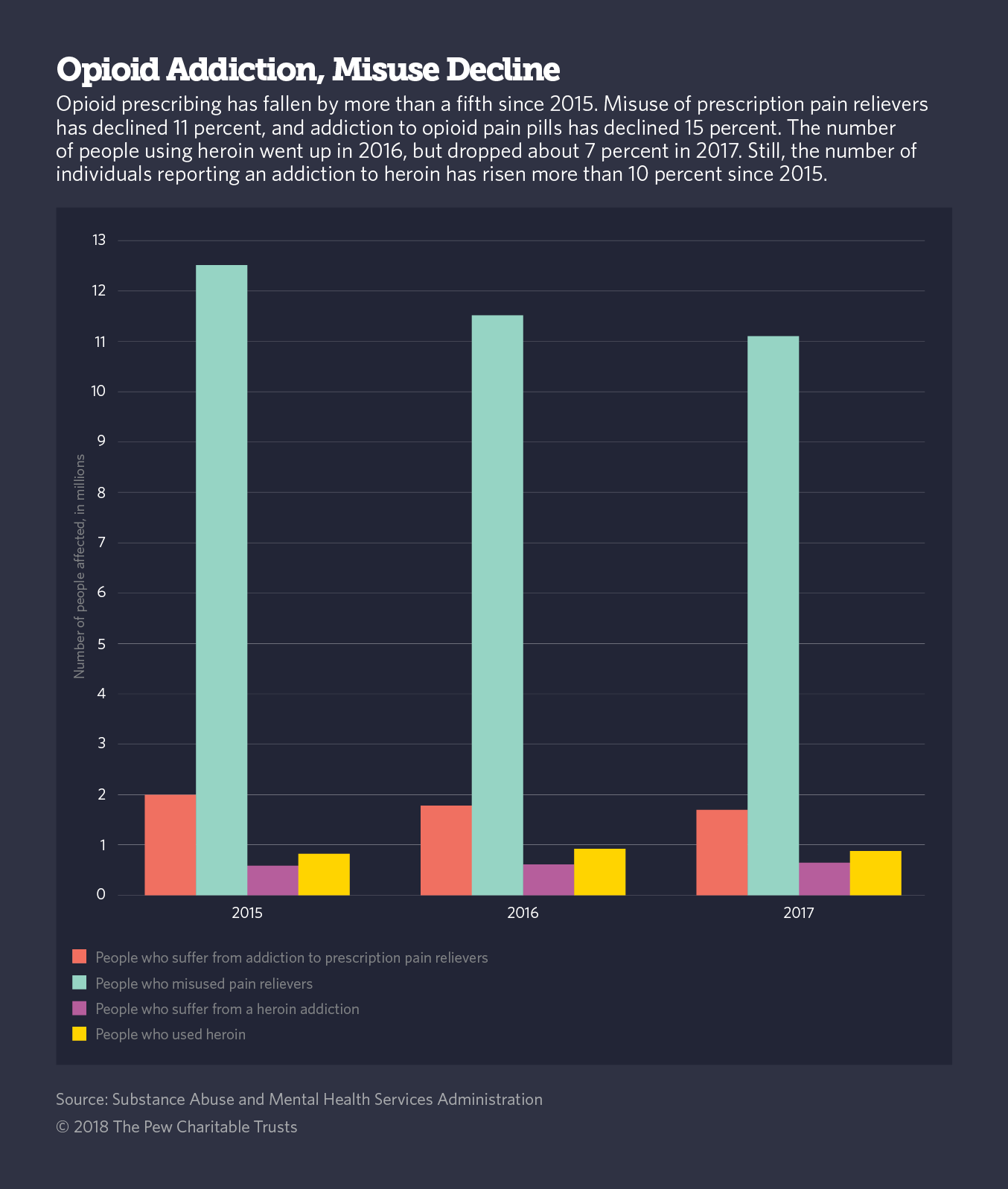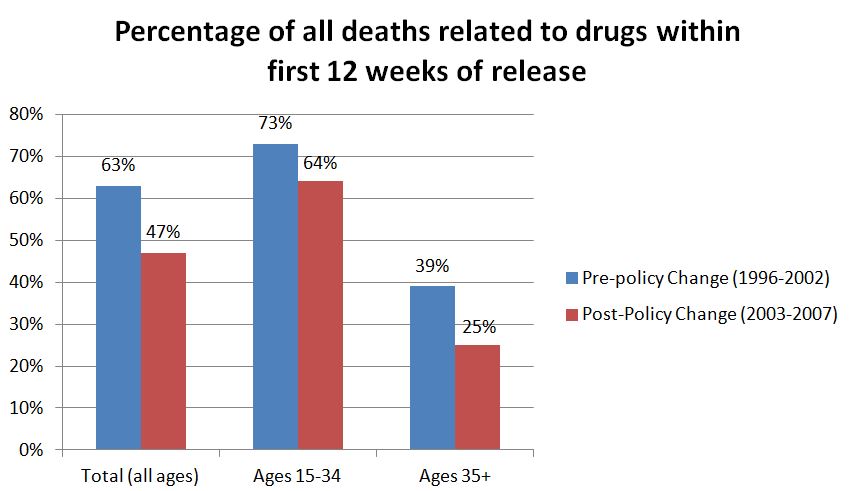Table of ContentsSome Known Details About What Is Alcohol Addiction? - Alcohol Addiction Definition ... What Is Alcohol Addiction? - Pinnacle Treatment Centers Things To Know Before You BuyThe 7-Minute Rule for Alcoholism: Causes And TreatmentGetting The Alcoholism And Alcohol Abuse - Helpguide.org To Work
Lastly, those who struggle with a psychological health issue such as stress and anxiety, depression, or bipolar disorder are also especially at threat, since alcohol is often used to self-medicate. Not all alcohol abusers become full-blown alcoholics, but it is a huge risk factor. In some cases alcoholism establishes suddenly in action to a stressful modification, such as a separation, retirement, or another loss.
If you're a binge drinker or you drink every day, the risks of developing alcohol addiction are greater. Drug abuse specialists make a difference in between alcohol abuse and alcoholism (also called alcoholism). Unlike alcoholics, alcohol abusers have some ability to set limits on their drinking. Nevertheless, their alcohol use is still self-destructive and hazardous to themselves or others.
such as drinking and driving, running equipment while intoxicated, or mixing alcohol with prescription medication versus physician's orders. For instance, getting jailed for driving under the impact or for intoxicated and disorderly conduct. Getting intoxicated with your friends, for example, despite the fact that you know your partner will be very upset, or battling with your family due to the fact that they https://www.transformationstreatment.center do not like how you act when you drink.
Getting drunk after every demanding day, for instance, or reaching for a bottle whenever you have an argument with your partner or boss. Alcoholism is the most severe form of issue drinking. Alcohol addiction involves all the symptoms of alcohol abuse, but it likewise involves another component: physical dependence on alcohol. For example, you may desire to get in touch with: How alcohol abuse is treated depends upon just how much alcohol an individual is drinking. Treatment choices consist of:counselling including self-help groups and talking therapies, such as cognitive behavioural treatment (CBT)medicinesdetoxification this involves a nurse or doctor supporting you to securely stop drinking; this can be done by helping you slowly cut down with time or by giving you medicines to avoid withdrawal symptomsThere are 2 primary kinds of medicines to assist individuals stop drinking.

The most common of these medicines is chlordiazapoxide (Librium). The second is a medication to lower any urge you may have to consume. The most typical medicines utilized for this are acamprosate and naltrexone. These are both offered at a fixed dose, and you'll usually be on them for 6 to 12 months.
Fascination About Alcohol - National Institute On Drug Abuse
Consuming in pregnancy can cause long-term damage to the baby, and the danger increases the more you consume. The Chief Medical Officers for the UK advise that if you're pregnant or preparing to end up being pregnant, the safest technique is not to drink alcohol at all to keep the threat to your baby to a minimum.
If you're trying to conceive, your partner should drink no more than 14 systems of alcohol a week, which ought to be spread out evenly over 3 days or more. Consuming alcohol excessively can impact the quality of his sperm. Page last examined: 21 August 2018Next review due: 21 August 2021.
Alcohol liquor, alcohol, juice Alcohol is a depressant drug that is legal in Canada. Depressant drugs slow down the parts of your brain that impact your thinking, behaviour, breathing and heart rate. For this factor, it must be consumed moderately. Alcohol is produced by fermenting or distilling different fruits, veggies or grains.
Distilled drinks, frequently called "hard liquor" or "spirits," such as rum, whisky and vodka, have a higher alcohol content. Although alcohol comes in various types, it has the very same impact. In the following table, each "standard" beverage contains 13.6 grams of alcohol. * Note that regular beers have an average alcohol content of five per cent, but some have as much as 6 or 7 percent, making them more powerful than a "standard" drink.
** such as sherry, port or vermouth Pure (ethyl) alcohol is a clear, colourless liquid. Alcoholic beverages get their distinctive colours from their active ingredients and from the procedure of fermentation. According to the, 22.7 million (77 per cent) of Canadians reported having an alcohol in 2015. More guys (11.8 million, or 81 per cent) than ladies (10.9 million, or 73 percent) reported alcohol use.
3 Easy Facts About Alcohol Use Disorder (Aud): Medlineplus Explained

In addition, alcohol use was reported by 59 percent of youth aged 15 to 19, and 78 percent of grownups aged 25 and older. The method alcohol affects you depends on lots of factors, including: your age, sex and body weight how delicate you are to alcohol the type and amount of food in your stomach how much and how frequently you consume the length of time you have actually been consuming the environment you remain in how you expect the alcohol to make you feel whether you've taken any other drugs (prohibited, prescription, over the counter or organic).
Some people rejoice or thrilled when they consume, while others become depressed or hostile. Suicide and violent crimes often include alcohol. Females are usually more conscious the effects of alcohol than males, and all grownups become significantly conscious alcohol's effects as they age. When someone is more sensitive, it takes less alcohol to cause intoxication and more time for the body to get rid of the alcohol consumed - how to stop alcohol addiction naturally.
Continued drinking increases these results and causes other effects, such as: impaired attention lowered muscle control slowed reflexes staggering gait slurred speech double or blurred vision. A seriously intoxicated individual might "black out," and have no memory of what was stated or done while drinking. Results of severe intoxication consist of inability to stand, throwing up, stupor, coma and death.
An individual who has actually been consuming greatly and is unconscious must be laid on his or her side and viewed closely. Clammy skin, low body temperature level, slow and laboured breathing and incontinence are signs of severe alcohol poisoning, which can be deadly. Call 911 if you're concerned. It takes about one hour for the liver of an individual weighing 70 kilograms (154 pounds.) to process and eliminate 8 to 10 grams of alcohol, or about two-thirds of the alcohol contained in a standard drink (i.e., 13.6 grams of alcohol).
Consuming heavily normally leads to a "hangover," starting 8 to 12 hours after the last beverage. A hangover is caused in part by acetaldehyde, a harmful chemical that is produced as alcohol is processed by your liver. Other causes include dehydration and changes in hormonal agent levels. Symptoms can consist of: headache queasiness diarrhea shakiness throwing up.
Fascination About Why Is Alcohol So Addictive? - Michael's House
Alcoholism is 4 times as typical as serious alcoholism. Physical dependence includes tolerance to alcohol's results, which indicates people need more alcohol to produce the wanted impact. Physical reliance likewise consists of withdrawal signs when regular alcohol use is quickly stopped. Withdrawal symptoms can include insomnia, tremblings, nausea and seizures within a few hours after an individual's last drink.
Some people experience delirium tremens, or "the DTs," five to six days after they stop drinking. This harmful syndrome includes hallucinations, confusion, fever and racing heart. If left neglected, serious alcohol withdrawal can lead to death. Alcohol can be dangerous in a number of methods. The impact of alcohol's result on judgment, behaviour, mindset and reflexes can vary from humiliation, to unwanted or high-risk sexual contact, to violence, injury or death.
Ladies who drink during pregnancy threat bring to life a baby with behaviour issues, development deficiency, developmental special needs, head and facial defects, joint and limb irregularities and heart defects. The risk of bearing a child with these birth defects boosts with the quantity of alcohol consumed. The very first trimester may be the time of biggest danger, although there is no time during pregnancy when it is known to be safe to drink alcohol.
Alcohol may either obstruct the absorption of the other drug, making it less efficient, or it might increase the result of the other drug, to the point of danger. The basic guideline is never ever to mix alcohol with any other drugswhether the other drug is a medication or an illegal compound.